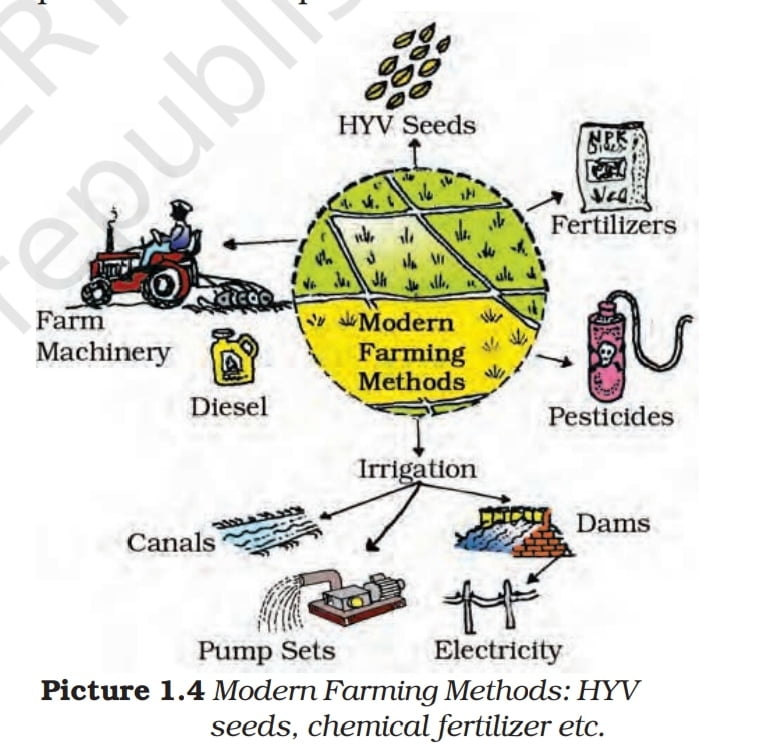Class 9 Economics Poverty as a Challenge Notes|Class 9 Economics Notes
Class 9 Economics Poverty as a Challenge Notes is comprehensively discussed to have clear understanding of the chapter for the students so that he/she feels confident in his exams. Poverty as a Challenge Class 9 Economics Notes Poverty as a challenge is an important chapter of class 9 Economics Ncert that deals with the concept … Read more
